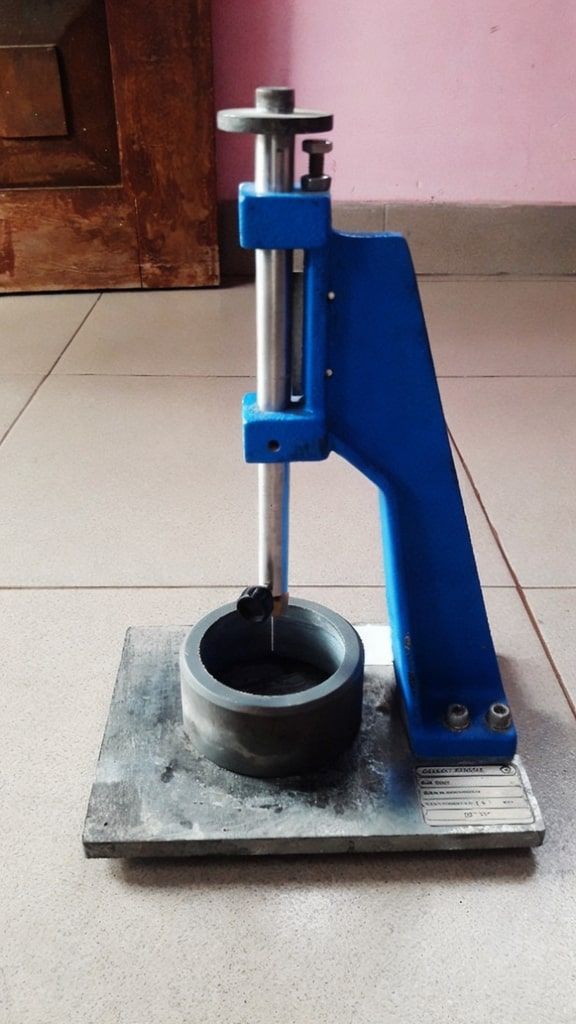An Essential Guide to Cement Testing and Its Benefits in Concrete Performance

Cement is the cornerstone of concrete, binding aggregates to form the robust material used in construction projects across India and beyond. Ensuring its quality is critical for safe, durable, and high-performing structures. At Firstchoice Readymix, we prioritize cement testing to deliver superior ready-mix concrete solutions. This guide explores cement testing methods, their importance, and how they enhance concrete performance, optimized for builders, contractors, and project managers seeking reliable construction materials.
Why Cement Testing Is Crucial
Cement testing assesses physical, chemical, and mechanical properties to meet standards like IS 4031, ASTM, or EN. Substandard cement can weaken concrete, leading to cracks, reduced lifespan, or structural failures, risking safety and increasing costs. Rigorous testing ensures:
-
Consistent quality for reliable concrete production.
-
Compliance with Indian and international standards.
-
Optimized mix designs for specific project needs.
-
Enhanced durability for long-lasting structures.
Essential Cement Testing Methods
To guarantee high-quality concrete, cement undergoes several standardized tests. Here are the key methods:
1. Fineness Test
Purpose: Evaluates particle size, impacting hydration and strength.
Method: Sieve analysis or Blaine’s air permeability (IS 4031 Part 1).
Benefit: Finer cement accelerates setting, boosting early strength for faster construction.
2. Compressive Strength Test
Purpose: Measures cement’s load-bearing capacity.
Method: Mortar cubes tested at 3, 7, and 28 days (IS 4031 Part 6).
Benefit: Confirms cement’s ability to support structural demands, vital for high-rise buildings and bridges.
3. Setting Time Test
Purpose: Determines initial and final setting times for workability.
Method: Vicat apparatus (IS 4031 Part 5).
Benefit: Ensures proper timing for mixing, placing, and finishing concrete.
4. Soundness Test
Purpose: Checks for expansion due to free lime or magnesia.
Method: Le Chatelier’s apparatus or autoclave test (IS 4031 Part 3).
Benefit: Prevents cracking and ensures concrete stability over time.
5. Chemical Composition Test
Purpose: Analyzes oxide content (e.g., CaO, SiO2) for performance.
Method: X-ray fluorescence or wet chemistry (IS 4032).
Benefit: Verifies chemical suitability for durable concrete.
6. Heat of Hydration Test
Purpose: Measures heat generated during cement hydration.
Method: Calorimetry (IS 4031 Part 9).
Benefit: Prevents thermal cracking in large concrete pours, like dams or foundations.
Benefits of Cement Testing for Concrete Performance
Cement testing directly impacts concrete quality, delivering measurable benefits:
1. Superior Strength and Durability
- Testing ensures concrete can withstand heavy loads and harsh conditions, such as India’s diverse climates, from coastal humidity to extreme temperatures.
2. Optimized Workability
- Proper setting times and fineness allow for smooth mixing and placement, critical for projects with tight schedules.
3. Cost Savings
- Early detection of substandard cement avoids costly repairs. Optimized mixes reduce material waste, lowering project costs.
4. Sustainability
- Testing supports eco-friendly cement blends, like those with fly ash or slag, reducing carbon footprints while maintaining performance.
5. Safety and Compliance
- Adhering to IS and ASTM standards ensures safe structures, protecting lives and meeting regulatory requirements.
Applications in Construction
Cement testing is vital for diverse projects:
Residential Projects: Ensures strong foundations and slabs for homes.
Infrastructure: Guarantees durability for bridges, highways, and dams.
Commercial Buildings: Supports high-rise structures with reliable concrete.
Precast Elements: Maintains consistency for factory-produced concrete components.
Best Practices for Effective Cement Testing
To ensure accurate results:
- Use standardized testing protocols (e.g., IS 4031 series).
- Employ calibrated equipment and trained technicians.
- Store cement samples in controlled conditions to prevent contamination.
- Test at multiple stages, from production to site delivery.